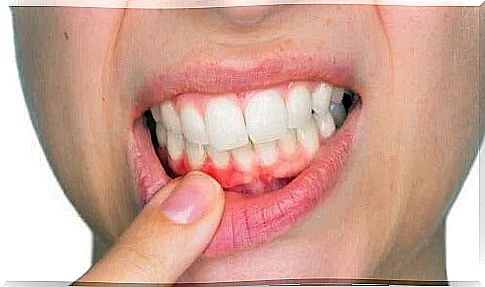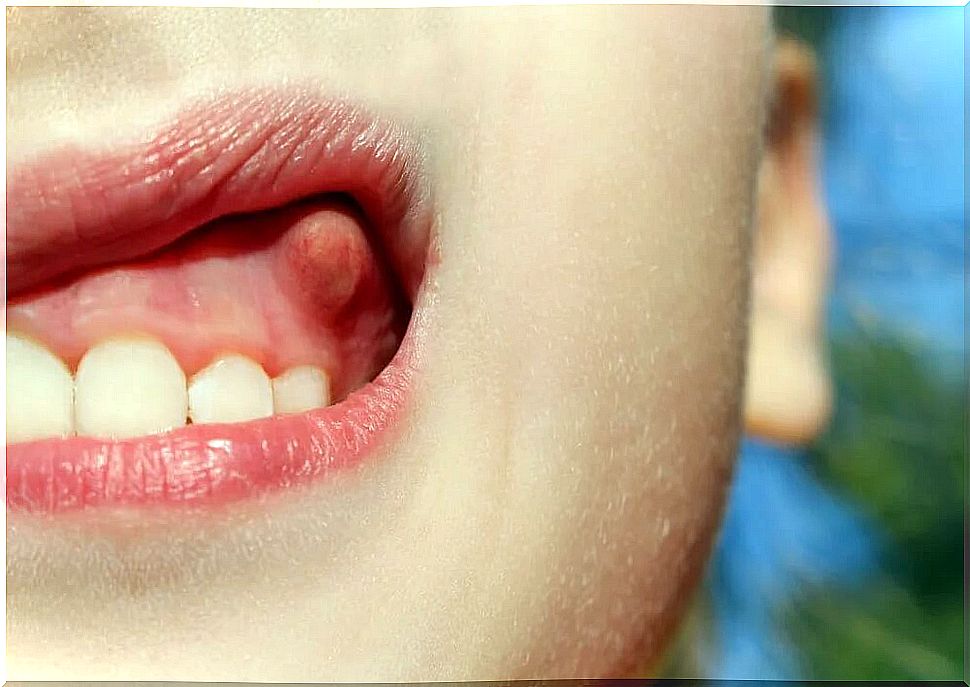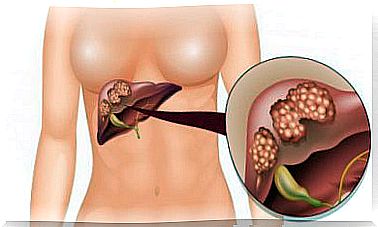Dental Abscess – What Is It And How Should It Be Treated?

Dental abscess is a fairly common medical condition and can affect people of all ages. However, it should by no means be underestimated and you should go to the dentist immediately. Neglecting the problem can lead to serious health consequences.
Generally speaking, a dental abscess is an infection that develops within the tooth or gum area. It causes great discomfort, which is manifested especially in a strong, throbbing pain that is constantly increasing.
Dental abscess – what is it?

This type of infection gradually turns into a pus-filled wound that becomes more and more painful every day. Moreover, an abscess tends to spread to adjacent areas of the mouth. Sometimes it even covers the jaw and / or the throat. In the most severe cases, it can even block the airways.
Regarding the cause, a dental abscess can be classified into two types:
- Peri-surface abscess. It forms under the tooth as a result of improper treatment of caries or trauma to the oral cavity. It accounts for the majority of tooth abscesses.
- A periodontal abscess develops in the tissues that support the tooth, that is, in the gum or bone. It is much rarer than a periapular abscess.
Dental abscess – characteristics and causes
Inflammation is a sign that the body is able to isolate an infection. In turn, accumulating pus is nothing more than the concentration of white blood cells in combination with a virus, bacteria or other pathogens that have been attacked by the immune system of our body. In short, a dental abscess is therefore the body’s defense response.

A tooth peri-surface abscess occurs when the bacteria attack the deepest part of the tooth, i.e. the pulp of the tooth. In this case, pathogens travel with the caries or through cracks and travel to the root of the tooth.
Usually it happens as a result of improperly treated caries or as a consequence of neglecting daily oral hygiene or a diet rich in products with a high sugar content.
On the other hand, in the case of periodontal abscess, the cause lies in the presence of a foreign body at the root of the tooth or any abnormality or anomaly that facilitates the multiplication of bacteria.
Symptoms and diagnosis of tooth abscess
Pain is also accompanied by inflammation of the entire cheek and even a larger area of the face. In many cases, fever is also present, as well as inflammation of the lymph nodes and pain in the neck and jaw. There may also be an unpleasant taste in the mouth or a bad smell from the mouth. Some people also experience a salty taste of saliva.
The diagnosis is made during a visit to the dentist’s office after examining the inflamed area. An x-ray is only required in some cases. Usually, however, it is not necessary to determine the extent of the infection. However, if it spreads quickly, an MRI may be ordered.
Dental abscess – treatment
The goal of treating a tooth abscess is to eliminate the infection. To do this, the dentist may take the following measures:
- Dental abscess drainage. In this case, a small incision is made in the abscess to release any remaining fluid. Then the wound is cleaned with a saline solution.
- Endodontics. This procedure involves making a hole in the tooth, removing the pulp and drying the abscess. Then the cavity is filled and closed, as well as the root canals of the tooth. Usually such a tooth is covered with a crown.
- Antibiotic treatment. When the infection spreads, antibiotics are recommended to prevent it from progressing further. This treatment is also recommended when the patient has a clearly weakened immune system.
- Tooth extraction. The ultimate solution to warding off infection is to remove the tooth.
Occasionally, a dental abscess can rupture on its own. Also in this case, a visit to the dentist is necessary. With proper treatment, the prognosis for a full recovery is very good. Remember that if the pus is not eliminated, the infection can spread to other areas of the mouth and cause sepsis, which can be a lethal threat to the body.









